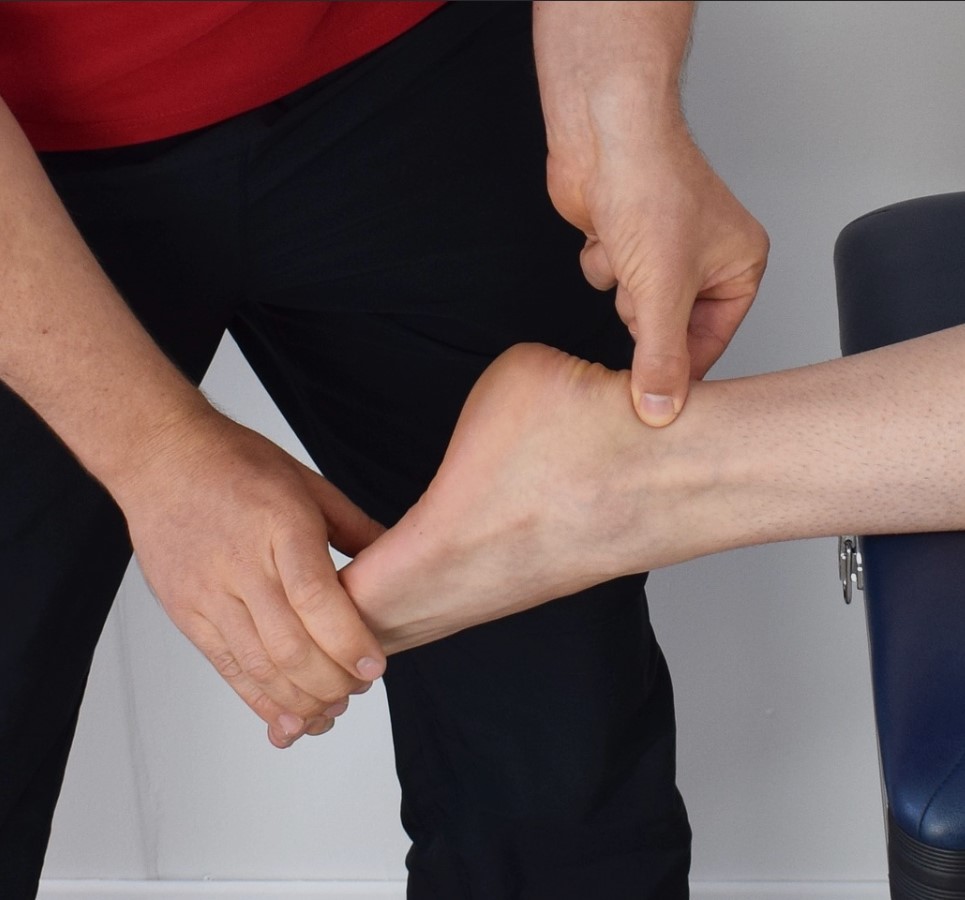How to Recognize and Treat Pronating Feet
Pronation is a condition where your feet turn inward as you walk, twisting your ankles as you go. While this may seem like an obvious condition that can be immediately spotted by the person walking, the twisting and turning is so subtle that most people don’t even realize they’re doing it for months. The condition can especially be overlooked by those who are exercising frequently and mistake the ankle pain for working too hard. If your symptoms line up with those discussed here, however, you’ll want to consider pronating as the cause and get evaluated.

Watch How You Walk
First you should consider how you are stepping. If you are walking on one side of your foot more than the rest, you are likely pronating or supinating (when the foot turns outward.) You can watch yourself walk in the mirror, study your footprints in sand, or examine the wear on your shoes. If the wear is uneven, then you are walking incorrectly.
You can also detect pronating by the pattern of pain throughout the day. If the pain in your ankles starts out minimal in the morning, but gets worse the more you walk, then it is likely that you are doing something to put strain on them, like pronating. If the pain is constant throughout the day, however, then there may be nerve damage instead.
Consider New Activities for Causes
Think about what you’re doing differently that may be causing you to walk incorrectly. If you’ve recently started a new sport or activity, such as horseback riding, soccer, yoga, and so on, then you may be performing incorrectly and training yourself to step in a way that is harmful to your ankles. Whenever beginning a new sport or activity, it is generally advised that you consult with a professional who can help you learn the proper forms and movements required. Otherwise, you may be setting yourself up for long-term injury.
See a Therapist
If you notice persistent pain in your ankles, it is generally advised for you to see a physical therapist or orthopedic physician. Some doctors can spot pronating just by watching a patient take a few steps, particularly when the pronating is severe. Not only can a physician properly diagnose your condition, but they will be the ones that can help you learn how to reverse the effects. Techniques include stretches, shoe inserts, special exercises, and more. When caught early, pronating can be easily reversed and your ankles will be able to heal quickly. If left untreated for long enough, however, the bad habits you have formed in how you walk can become difficult to shake and the damage difficult to reverse.
Wear the Right Shoes
Along with seeing a physician, it is also important that you wear the right style of shoes to support your ankles. Many high quality running shoes include a feather known as motion control, referring to higher ankle supports that help encourage you to walk properly with every step. Other important features include arch support and adequate shock absorption. While these are important for runners and those who spend a great deal of time on their feet, these shoes are also helpful for those working to reverse pronating or supinating in their steps.
If your ankles are hurting every day you’re on your feet, don’t brush it off as normal strain. The body was made to withstand long hours standing and walking, and the ache should be in your muscles and soles of your feet—not your joints. When facing problematic pain, get help as soon as possible and seek solutions so your body can stay healthy.
